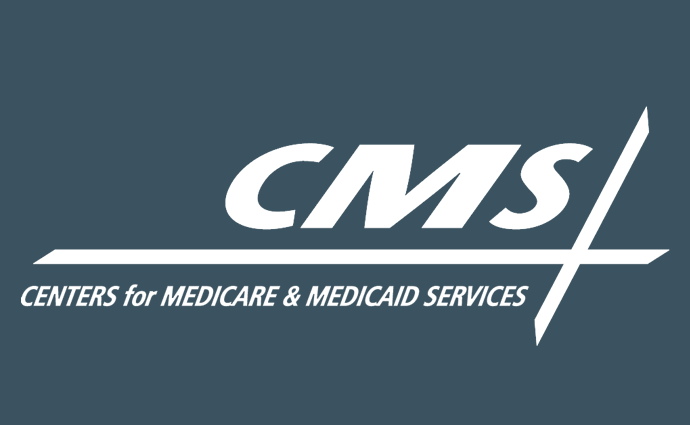CMS Preserves Patient Safety Data Reporting in IPPS Final Rule
The move to keep patient safety data reporting as part of the IPPS final rule comes after months of lobbying from patient safety advocacy groups.

Source: Centers for Medicare and Medicaid Services
- The Centers for Medicare and Medicaid Services (CMS) has codified patient safety reporting as part of its Inpatient Prospective Payment System final rule for 2023, a move that’s being lauded by patient safety advocate groups nationwide.
In the IPPS proposed rule, the agency pitched a pause in patient safety reporting. The proposed rule stated that CMS would not calculate and therefore not publicly report data for the PSI-90 measure, which looks at certain patient safety events like pressure sores, falls, and sepsis.
“CMS’ proposal reflected concerns about the impact COVID-19 would have on the ability to interpret data and was also sensitive to the risks of financially penalizing hospitals for factors potentially out of their control,” the agency explained of its proposal.
That proposal was panned by patient safety advocates, who said public reporting of patient safety events on the Care Compare website arms patients and their caregivers with the information necessary to make a care access decision. Patient safety is essential for clinical quality outcomes and a positive patient experience, and patients have a right to access publicly available patient safety data, advocates like The Leapfrog Group warned in comments letters.
“Suppressing CMS PSI 90 would be a giant leap backward in patient safety and transparency, literally life-threatening, and an outrageous violation of the trust Americans place in the Medicare program,” The Leapfrog Group wrote in a June 2022 letter to CMS signed by numerous other patient safety advocates.
READ MORE: US Saw Decade of Patient Safety Improvement Before COVID-19
In its final rule, issued on August 1, CMS reversed course and preserved the PSI-90 public reporting via Care Compare and Star Ratings. The agency indicated the move was in direct response to public feedback from patient safety advocates.
“CMS recognizes the importance of this measure for patients and providers and is finalizing the calculation and public reporting of the CMS PSI-90 measure results,” CMS wrote in a statement about the final IPPS rule. “CMS will include the measure in Star Ratings in alignment with the feedback we received.”
Although CMS said it would calculate and publicly report PSI-90 measures, it stated it would not include scores as a part of the Hospital-Acquired Condition (HAC) Reduction Program, still with the intention of protecting hospitals from poor outcomes spurred on by COVID-19 and outside of their control.
This move has been applauded by patient safety groups like The Leapfrog Group.
“The Leapfrog Group applauds CMS for finding a way to continue the public reporting of some of the most dangerous medical and surgical complications that happen in hospitals, known as CMS PSI 90,” Leah Binder, president and CEO of The Leapfrog Group, said in a public statement.
“In their discussion of the final rule, we were gratified to hear CMS reinforce their longstanding commitment to transparency and patient safety. We thank CMS for their leadership—for listening to and championing patients and families, patient safety advocates, employers, purchasers, clinicians, and all Americans who are deeply concerned about patient safety.”
Not every group is happy about the decision. Although pleased that CMS will not include PSI-90 measures as part of the HAC Reduction Program score, the American Hospital Association said it was still unfair to publicly report patient safety data that could be influenced by the onslaught of pandemic-related challenges.
“However, we are concerned that CMS’ decision to publicly report pandemic-distorted data from the HAC Reduction Program’s patient safety indicator could mislead the public and fail to advance patient safety,” AHA Executive Vice President Stacey Hughes said in a statement.
The IPPS final rule also came with three provisions tailored to health equity. The first looks at a hospital’s commitment to a culture of health equity by measuring strategic planning, data collection, data analysis, quality improvement, and leadership engagement.
The second and third measures look at how hospitals screen for and measure social determinants of health needs.
“By screening for and identifying such unmet needs, hospitals will be in a better position to serve patients holistically by addressing and monitoring what are often key contributors to poor physical and mental health outcomes,” CMS said of the measures.
Although heartened by the steps forward on health equity, AHA said these measures need a second look.
“In addition, while the AHA supports the inclusion of health equity measures in the inpatient quality reporting program, we believe the measures still need further improvements and clarifications to optimize their feasibility, accuracy and meaningfulness,” Hughes said. “We look forward to continuing to work with CMS to advance health equity.”
